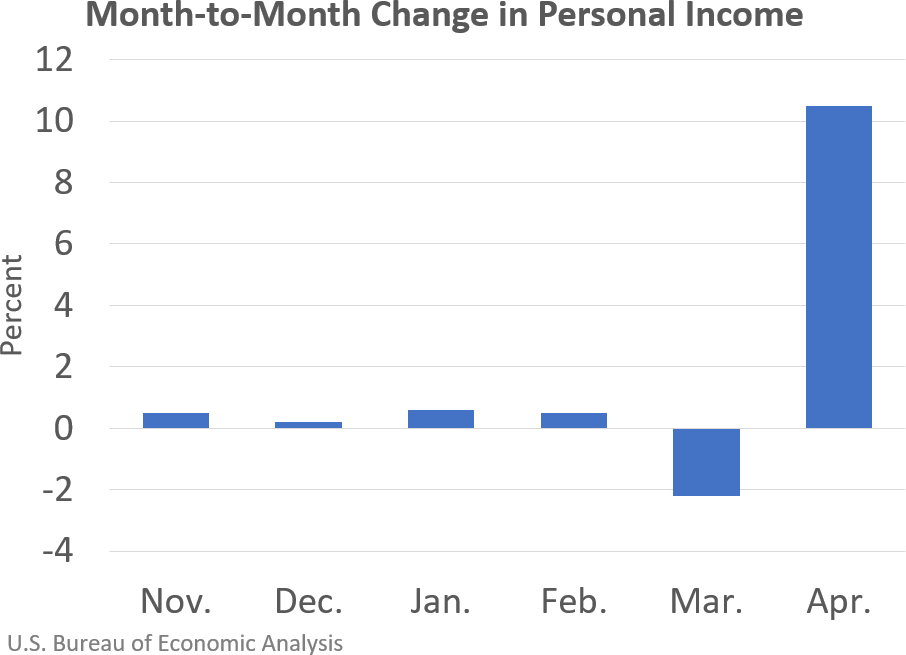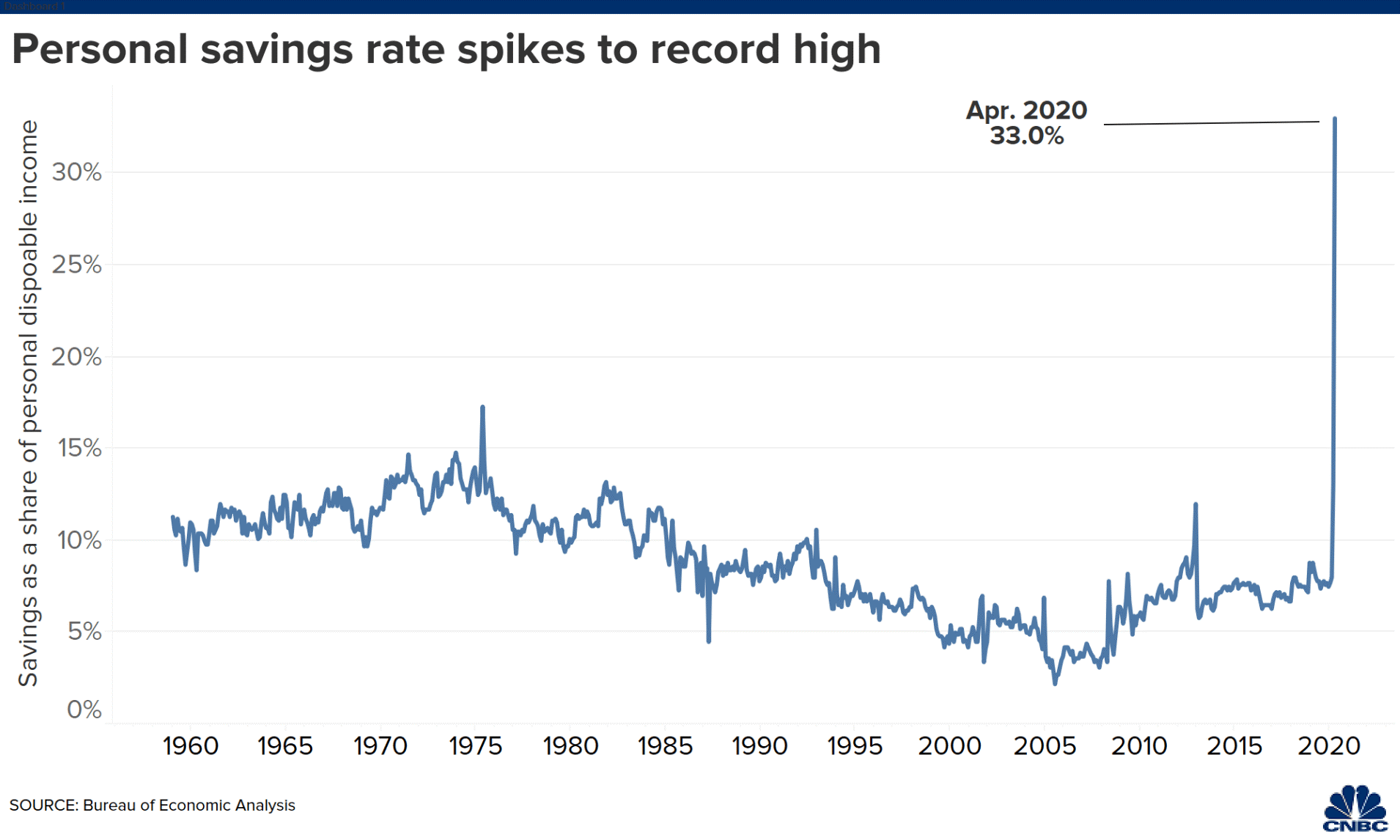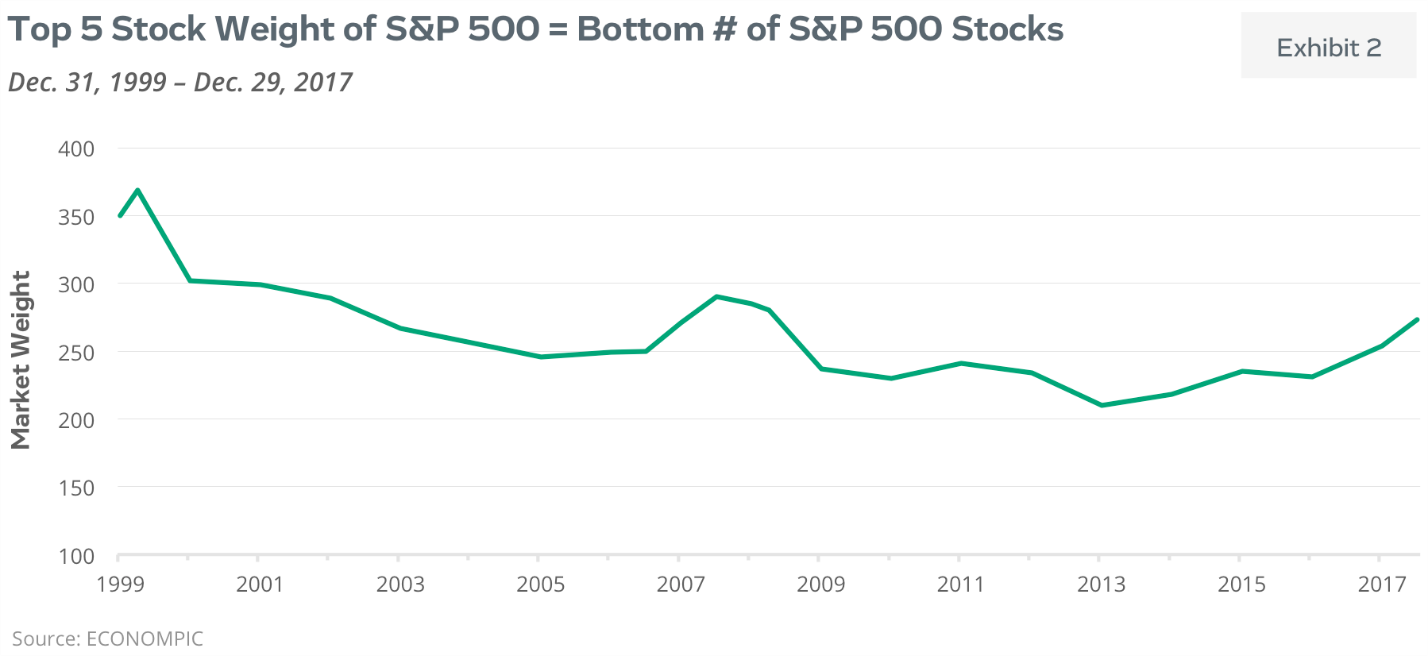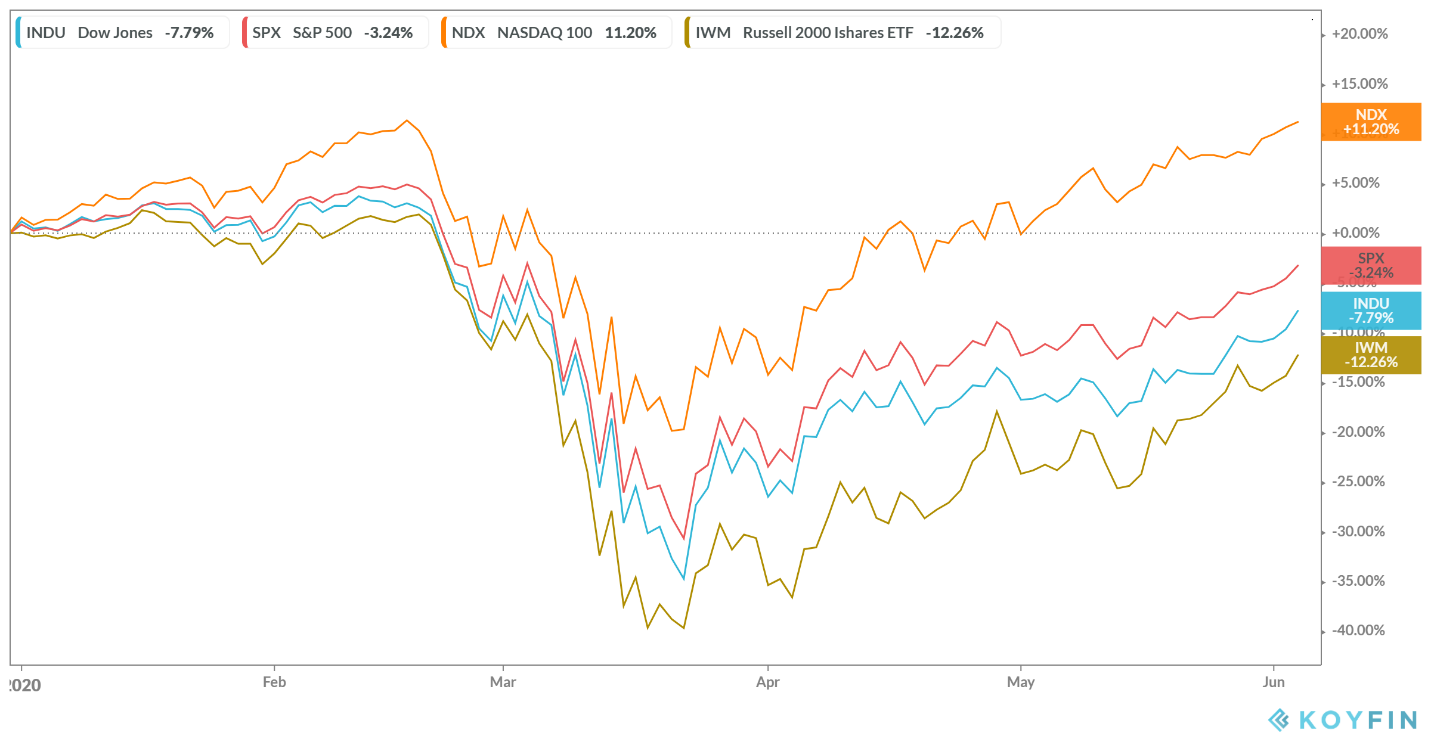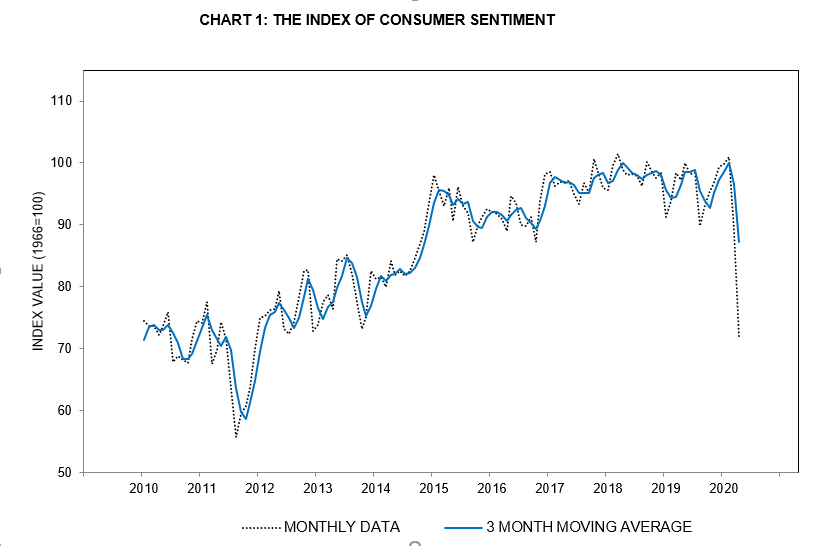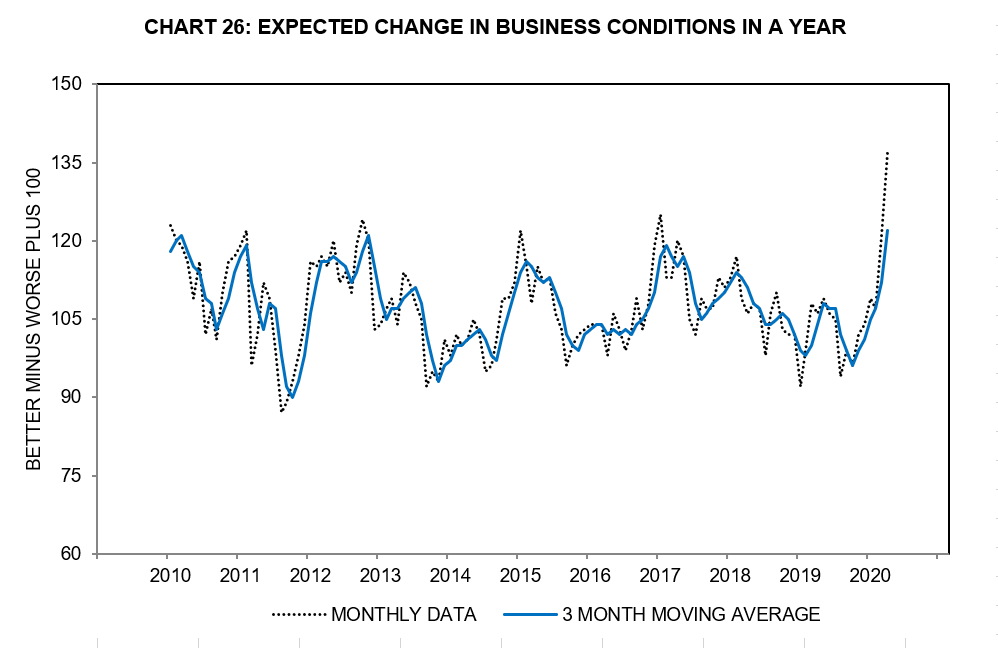
|

|

|

|

Genprex Scheduled to Join Russell 3000® Index
AUSTIN, Texas— (June 9, 2020) — Genprex, Inc. (“Genprex” or the “Company”) (Nasdaq: GNPX), a clinical-stage gene therapy company developing potentially life-changing technologies for patients with cancer and diabetes, today announced that it is scheduled to join the U.S. broad-market Russell 3000 Index when FTSE Russell, a leading global index provider, reconstitutes its 2020 indices after the markets close on Friday, June 26, according to a preliminary list of additions posted on their website on June 5.
The Russell 3000 Index includes the 3,000 publicly traded companies on the Nasdaq and NYSE exchanges with the largest market capitalizations. FTSE Russell determines membership for its Russell indexes primarily by objective market-capitalization rankings and style attributes (i.e. growth or value). Each June, the Russell 3000 index is reconstituted to reflect market capitalization changes over the prior year. This closely watched market event impacts more than $9 trillion in investor assets benchmarked to or invested in products based on the Russell U.S. indices.
“The selection of Genprex for the Russell 3000® Index will add to the awareness of our company among institutional investors, money managers and index funds, as well as highlight to them our suitability as an investment,” said Rodney Varner, Genprex’s Chairman and Chief Executive Officer. “This inclusion indicates that our leadership in developing gene therapies is resonating with investors. It comes at a time when we are preparing to initiate our Phase I/II clinical trial to evaluate our lead drug candidate, Oncoprex, in combination with AstraZeneca’s Tagrisso® for the treatment of non-small cell lung cancer (NSCLC) and preparing to file our IND to initiate a clinical trial of Oncoprex in combination with Merck’s Keytruda® in NSCLC. We believe our inclusion in the Russell 3000 Index is yet another significant milestone for us, as it will further increase our exposure with a broader group of institutional investors.”
In January 2020, Genprex was awarded U.S. FDA Fast Track designation for use of Oncoprex combined with Tagrisso for the treatment of NSCLC patients with EGFR mutations whose tumors progressed after treatment with Tagrisso alone. Genprex also signed an exclusive license agreement earlier in 2020 with the University of Pittsburgh for a preclinical diabetes gene therapy candidate that has the potential to cure Type 1 and Type 2 diabetes. Additionally, the Company has significantly strengthened its balance sheet in 2020 and had more than $23 million in cash on its balance sheet at the end of the first quarter of 2020, providing a substantial runway for it to execute on its clinical plans, conduct additional research and development, and cover general corporate expenses.
About Genprex, Inc.
Genprex, Inc. is a clinical-stage gene therapy company developing potentially life-changing technologies for patients with cancer and diabetes. Genprex’s technologies are designed to administer disease-fighting genes to provide new treatment options for large patient populations with cancer and diabetes who currently have limited treatment options. Genprex works with world-class institutions and collaborators to in-license and develop drug candidates to further its pipeline of gene therapies in order to provide novel treatment approaches. The Company’s lead product candidate, Oncoprex™, is being evaluated as a treatment for non-small cell lung cancer (NSCLC). Oncoprex has a multimodal mechanism of action that has been shown to interrupt cell signaling pathways that cause replication and proliferation of cancer cells; re-establish pathways for apoptosis, or programmed cell death, in cancer cells; and modulate the immune response against cancer cells. Oncoprex has also been shown to block mechanisms that create drug resistance. In January 2020, the U.S. Food and Drug Administration granted Fast Track Designation for Oncoprex immunogene therapy for NSCLC in combination therapy with osimertinib (AstraZeneca’s Tagrisso®). For more information, please visit the Company’s web site at www.genprex.com or follow Genprex on Twitter, Facebook and LinkedIn.
Forward-Looking Statements
Statements contained in this press release regarding matters that are not historical facts are “forward-looking statements” within the meaning of the Private Securities Litigation Reform Act of 1995. Because such statements are subject to risks and uncertainties, actual results may differ materially from those expressed or implied by such forward-looking statements. Such statements include, but are not limited to, statements regarding the effect of Genprex’s product candidates, alone and in combination with other therapies, on cancer and diabetes, regarding potential, current and planned clinical trials, regarding the Company’s future growth and financial status and regarding our commercial partnerships and intellectual property licenses. Risks that contribute to the uncertain nature of the forward-looking statements include the presence and level of the effect of our product candidates, alone and in combination with other therapies, on cancer; the timing and success of our clinical trials and planned clinical trials of Oncoprex™, alone and in combination with targeted therapies and/or immunotherapies, and whether our other potential product candidates, including our gene therapy in diabetes, advance into clinical trials; the success of our strategic partnerships; the timing and success of obtaining FDA approval of Oncoprex™ and our other potential product candidates including whether we receive fast track or similar regulatory designations; costs associated with developing our product candidates and whether patents will ever be issued under patent applications that are the subject of our license agreements. These and other risks and uncertainties are described more fully under the caption “Risk Factors” and elsewhere in our filings and reports with the United States Securities and Exchange Commission. All forward-looking statements contained in this press release speak only as of the date on which they were made. We undertake no obligation to update such statements to reflect events that occur or circumstances that exist after the date on which they were made.
Genprex, Inc.
(877) 774-GNPX (4679)
Investor Relations
GNPX Investor Relations
(877) 774-GNPX (4679) ext. #2
investors@genprex.com
Media Contact
Genprex Media Relations
(877) 774-GNPX (4679) ext. #3
media@genprex.com





